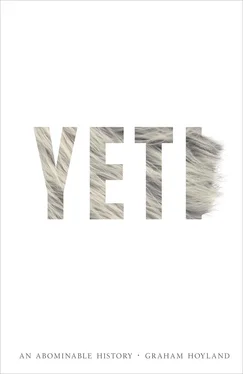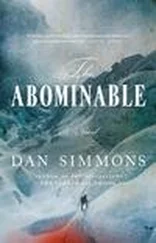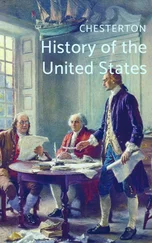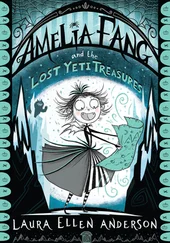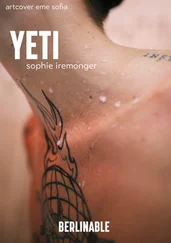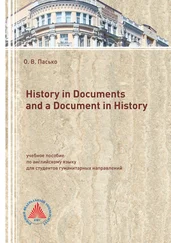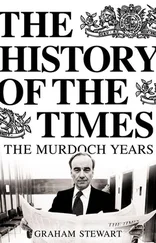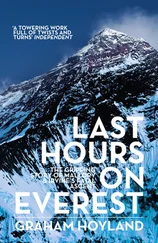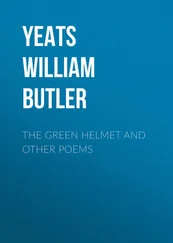Harrer and other Tibetan scholars became convinced that the book was fiction, so they hired Clifford Burgess, a private detective from Liverpool, to investigate Lobsang Rampa. He revealed Cyril Hoskins, and the whole inglorious story of fakery was exposed on 3 February 1958 in the Daily Express under the headline: ‘The Full Truth About The Bogus Lama.’ It turned out that Hoskins had got the idea for The Third Eye by reading books such as Harrer’s Seven Years in Tibet in the London libraries. 7T. Lobsang Rampa lived to write again, however, producing books such as Living with the Lama and My Visit to Venus .
The significance of this tale is not the fact of the hoax but the amount of credence attached to it. I swallowed the story whole. So did my school friends and most adult readers. The Third Eye inspired many who later became Tibetologists, and in many ways T. Lobsang Rampa helped to start New Age culture. We wanted to believe in him. And we wanted to believe in his yeti.

I learned more about the yeti during nine expeditions to Mount Everest in my search for the English climber George Mallory. I lived for a total of two years on that mountain. As a boy, I had heard stories about my Uncle Hunch who had made the very first climb of the mountain with his friend Mallory. I remember standing on the lawn outside Verlands House in Painswick, aged twelve, and looking up at Hunch: the legendary Howard Somervell (who was actually a cousin, not an uncle). By then he was a stout old man in his eighties, but with a youthful twinkle in his eye. He knew he was starting a hare in front of this young boy.
Somervell was a remarkable polymath: a double first at Cambridge, a talented artist (his pictures of Everest are still on the walls of the Alpine Club in London) and an accomplished musician (he transcribed the music he heard in Tibet into Western notation). He had worked as a surgeon during the Somme offensive in the First World War, and during that apocalyptic battle he had to operate in a field hospital with a mile-long queue of litters carrying the broken and dying youth of Britain. During a rest from surgery, he sat and watched a young soldier lying asleep on the grass. It slowly dawned on him that the boy was dead, and it seems that it was this particular trauma that prompted him to throw away a successful career as a London surgeon and become a medical missionary in India instead.
Before all that, he was one of the foremost Alpinists in England. He was invited to join the 1922 Mount Everest expedition and took part in the first serious attempt to climb the mountain with his friend Mallory, and his oxygen-free height record with fellow climber Edward Norton in 1924 stood for over fifty years. He even won an Olympic gold medal. He was one of the extraordinary Everesters, from the land of the yeti.
Of course, I was only interested in the amazing story he was telling me. ‘Norton and I had a last-ditch attempt to climb Mount Everest, and we got higher than any man had ever been before. I really couldn’t breathe properly and on the way down my throat blocked up completely. I sat down to die, but as one last try I pressed my chest hard [and here the old man pushed his chest to demonstrate to me] and up came the blockage. We got down safely. We met Mallory at the North Col on his way up. He said to me that he had forgotten his camera, and I lent him mine. So if my camera was ever found, you could prove that Mallory got to the top.’ It was a throwaway comment, which he probably made a hundred times in the course of telling this story, but this time it found its mark.
So I spent much of the rest of my life learning to be a mountaineer and then hunting for the camera on Mount Everest. This search would also lead me to the yeti. Many times, I cursed myself for chasing Uncle Hunch’s wild goose, but on the way we found George Mallory’s body. Poor Mallory. His shroud was the snow. 8

Конец ознакомительного фрагмента.
Текст предоставлен ООО «ЛитРес».
Прочитайте эту книгу целиком, купив полную легальную версию на ЛитРес.
Безопасно оплатить книгу можно банковской картой Visa, MasterCard, Maestro, со счета мобильного телефона, с платежного терминала, в салоне МТС или Связной, через PayPal, WebMoney, Яндекс.Деньги, QIWI Кошелек, бонусными картами или другим удобным Вам способом.
